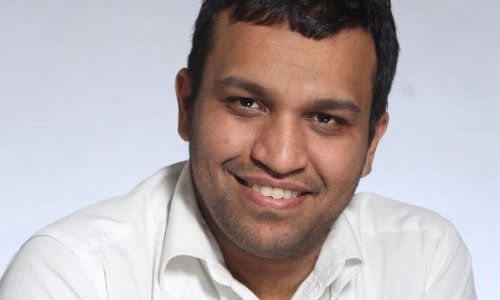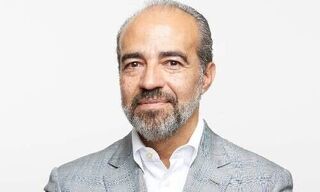Given that Singapore’s regulatory approach to open banking scored third on EY Open Banking Opportunity Index, how is the country preparing for the future? finews.asia explores the topic with EY's Varun Mittal.
Varun Mittal, given the global push for open banking and fintech innovations, how would you describe Singapore's approach versus other jurisdictions?
Singapore has a very different approach as compared to other jurisdictions. In Singapore, the regulator has a «let’s walk together» approach. Knowing the complexities of connecting to every financial institution (FI), Singapore wanted to create a banking system that is secure, scalable, and sustainable in the long term. Hence, Singapore brought together FIs for the long term.
The high ranking is driven by proactive efforts by the Monetary Authority of Singapore (MAS) to progress open banking since 2016 when it first published the application program interface (API) guidelines. Since then, the MAS has initiated a suite of measures designed to promote the opening of its financial sector, including the planned establishment of a shared «know your customer» utility.
«Realizing the small size of the Singapore market, the MAS wants to work with its neighbors’ banks»
Perhaps most notably, in 2017 the MAS produced what is acknowledged as one of the world’s most comprehensive API playbooks, which serves as a reference guide for the financial services industry.
Can you explain Singapore's vision of open banking for the region?
Realizing the small size of the Singapore market, the regulators want to work with its neighbors’ banks – be they small or big, to build the next generation of banking services.
«The strong shall not prevent the weak from growing up»
In the last «Singapore Fintech Festival», the MAS brought together regulators across ASEAN. By bringing everyone together for the open API, they can agree on how to share this, consume this.
When it comes to fostering innovation, does the «forced» open API concept prevent bigger players from wanting to operate in Singapore?
Our definition of innovation is that small companies should have all the chances in the world to bring their solutions to the market. The strong shall not prevent the weak from growing up. What the MAS wants to focus on is user protection and consumer trust in the financial system, helped by controls and checks in place.
Are there any areas Singapore could improve upon, in order to be ranked higher on EY's Open Banking Opportunity Index?
Countries do not need to chase the ranks, as each jurisdiction takes an approach suitable for their own culture. Firstly, the weights within the index could change next year. Secondly, consumer sentiment is not something that regulators and players can directly influence.
Varun Mittal is Global Emerging Markets & ASEAN Fintech Leader at EY. The EY Open Banking Opportunity Index shows how thriving open banking requires a balance between regulation, security, trust innovation. It reveals that the U.K. and China, ranked #1 and #2 respectively, are leading the world in Open Banking potential, despite significantly different regulatory regimes and contrasting consumer sentiment.
Open Banking is one of the most disruptive forces of change in the banking sector, bringing new benefits to customers’ lives and fresh opportunities for the financial services industry. It also offers a secure way for customers to grant providers access to their financial information, empowering them through increased ownership of their own financial data and easier access to a greater range of financial products and services.


























